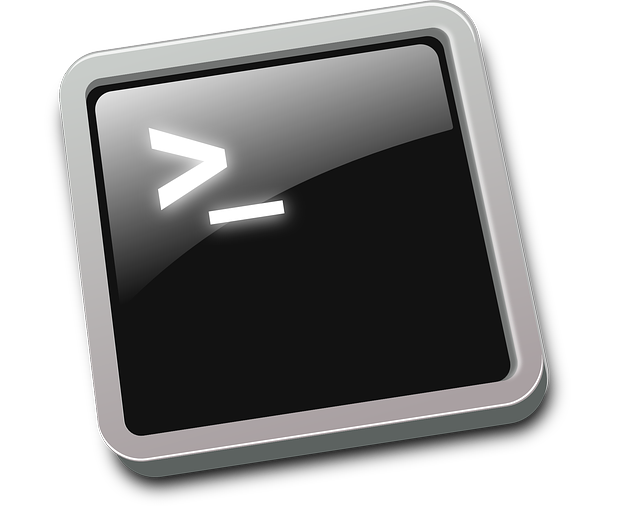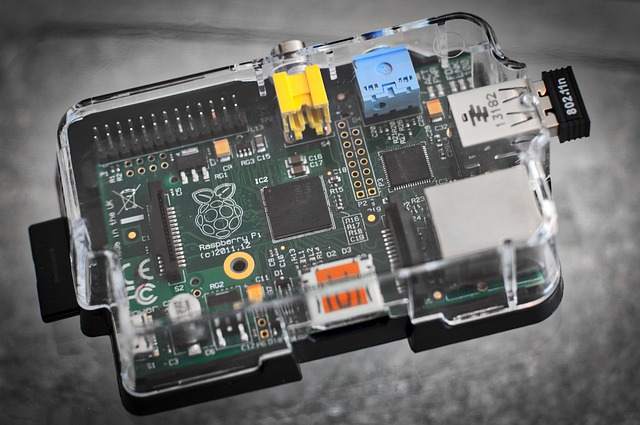Microsoft’s Windows Package Manager is a command line tool that lets you install, update, and remove applications on PCs running Windows 10 or Windows 11. First introduced a few years ago, the optional Windows utility works a lot like the package managers that have been available for most GNU/Linux distributions for decades.
And now the Windows version is even more like its Linux cousins, because Microsoft has added support for aliases that allow you to use some of the commands you may already be used to.
The new aliases are built into Windows Package Manager version 1.4, and you can see them by typing winget <command> –help. But here’s a cheat sheet:
- “add” is an alias for “install”
- “view” is an alias for “show”
- “find” is an alias for “search”
- “ls” is an alias for “list”
- “update” is an alias for “upgrade”
- “remove” and “rm” are aliases for “uninstall
- “config” is an alias for “settings”
That means, for example, you could install Thunderbird by opening Windows Terminal or another command prompt and typing either winget install thunderbird or winget add thunderbird.
Somewhat ironically for a command line app, the easiest way to upgrade from earlier versions of Windows Package Manager (or install it from scratch if it’s not already on your PC) is to visit the Microsoft Store and install the company’s free App Installer, which also lets you sideload Universal Windows Platform apps. But you can also find the latest release (as well as release notes) at Microsoft’s GitHub page for the Windows Package Manager CLI (also known as winget).
In addition to support for aliases, version 1.4 adds support for extracting and installing apps that are compressed in a .zip archive, more information about available sources when you use the “show” (or “view”) command, and a –wait option that keeps a terminal window open after a command runs in case you want to see the output and then press enter before the screen disappears.
You can find more information about Windows Package Manager 1.4 in a Microsoft blog post and the GitHub release notes.










